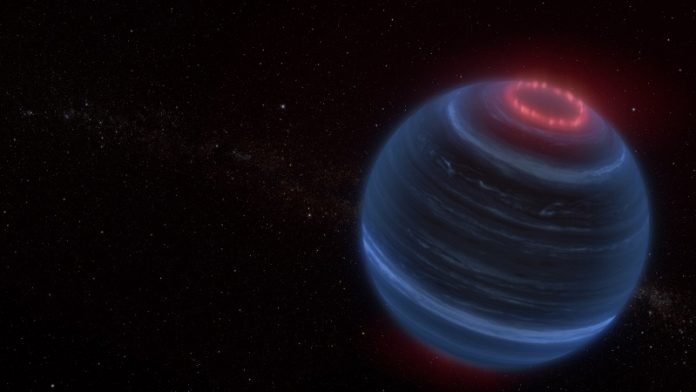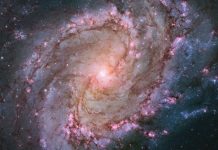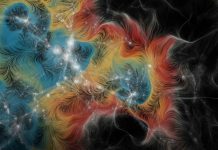
Astronomers using the James Webb Space Telescope (JWST) have made an intriguing discovery on a brown dwarf—a type of celestial object that is bigger than a planet but not quite a star.
This brown dwarf, known as CWISEP J193518.59–154620.3 (or W1935 for short), is about 47 light years away from Earth and is unusually cold with a surface temperature of around 400° Fahrenheit.
Brown dwarfs are quite common in our galaxy, and this particular one was observed as part of a project led by Jackie Faherty, a senior scientist at the American Museum of Natural History.
W1935 caught the researchers’ attention because it was emitting methane—a gas typically seen in giant planets and other brown dwarfs, but usually not glowing as it was here.
This was the first time such a phenomenon was observed, and it left the team both confused and excited.
Upon further analysis using computer models, the scientists discovered that W1935 has a temperature inversion in its atmosphere.
This means that unlike Earth, where the temperature drops with altitude, W1935’s atmosphere gets warmer the higher you go.
Temperature inversions are common in planets that orbit close to their stars, but W1935 is isolated with no star nearby, making this finding even more surprising.
The team speculated that the methane emission and the temperature inversion might be caused by aurorae, similar to the Northern and Southern Lights on Earth, which occur when high-energy particles interact with the planet’s magnetic field.
On Jupiter and Saturn, aurorae are also driven by interactions with their moons, which can eject material into space.
The mystery deepens because W1935 does not have a nearby star providing solar wind, which is a common source of the high-energy particles that create aurorae.
The researchers think that if W1935 has a moon—still undiscovered—it could be contributing to this phenomenon by ejecting material, similar to the moons of Jupiter and Saturn.
More observations are necessary to confirm these theories, but the possibility of aurorae on W1935 opens up exciting new questions about how these processes work in different environments across the universe.
Every time the JWST points its lens at the sky, it brings the potential for new and surprising discoveries.
As Faherty notes, the discovery of methane emission was unexpected but has now become a significant point of interest, showcasing the ever-evolving nature of space exploration.



